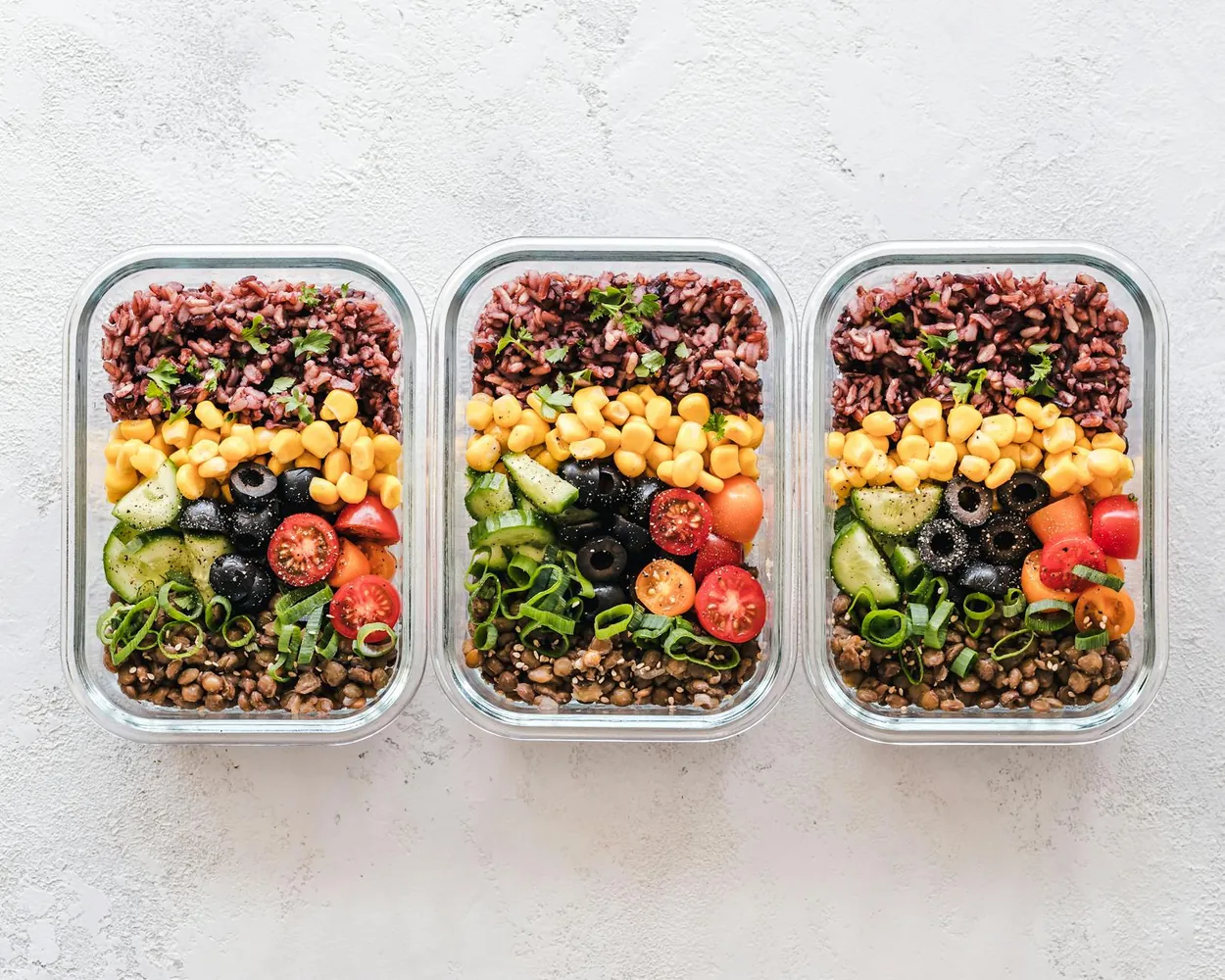Fast and Nutritious Plant-Based Meal Prep Ideas for Every Week

The Benefits of Plant-Based Meal Prep
Embracing a plant-based lifestyle doesn't mean you have to sacrifice flavor or nutrition, nor does it have to be time-consuming. One of the key advantages of plant-based meal prep is its potential to save you time and stress during busy weekdays. By dedicating just a few hours on the weekend, you can ensure that you have a variety of healthy, delicious meals ready to go.
Plant-based meal prepping encourages diversity in your diet, incorporating an array of nutrients from different food groups. This approach not only aids in maintaining a balanced diet but also minimizes food waste and cuts down on meal-time decisions, which can often lead to unhealthy choices.
Building Your Plant-Based Framework: The Essentials
The cornerstone of successful meal prepping is a simple yet versatile framework. Here's a strategy to create diverse meals that will keep you nourished and satisfied:
- Three Proteins: Choosing a variety of plant-based proteins ensures you're getting enough protein throughout the week. Consider options such as lentils, chickpeas, and tofu.
- Five Vegetables: A colorful assortment of vegetables not only boosts nutritional value but also enhances flavors. Think broccoli, bell peppers, carrots, spinach, and zucchini.
- Two Grains: Grains provide necessary carbohydrates that fuel your body. Quinoa and brown rice are excellent choices due to their nutrient density and versatility.
This mix-and-match strategy allows for creativity while ensuring each meal is packed with essential nutrients.
Step-by-Step Guide to Meal Prepping
Selecting Your Proteins
Proteins are vital in any diet, especially plant-based ones where options might seem limited. However, variety is key to ensuring you get a complete amino acid profile. Here’s a breakdown of how you can incorporate three different proteins into your weekly meals:
- Lentils: These legumes are rich in fiber, protein, and iron. They're perfect for soups, stews, or simply cooked and added to salads. Boil one cup of lentils in two cups of water for about 20 minutes or until tender.
- Chickpeas: A staple in plant-based diets, chickpeas can be roasted for snacks, blended into hummus, or tossed into curries. Canned chickpeas offer convenience, but cooking dry chickpeas from scratch enhances flavor and texture.
- Tofu: Versatile and protein-packed, tofu can be baked, stir-fried, or scrambled. For extra flavor, marinate tofu cubes in soy sauce, garlic, and ginger before cooking.
Choosing Your Vegetables
Incorporating a variety of vegetables into your meals not only enhances flavor but also boosts the nutritional profile:
- Broccoli: Rich in vitamins K and C, steam or roast broccoli as a side dish or add it to stir-fries.
- Bell Peppers: Available in various colors, they are sweet and crisp—perfect for salads or sautéed dishes.
- Carrots: Great raw or cooked; shred them into salads or roast them for a caramelized sweetness.
- Spinach: This leafy green is a powerhouse of nutrients and can be eaten raw in salads or wilted into hot dishes.
- Zucchini: Mild in flavor, it's ideal for grilling, adding to casseroles, or blending into smoothies.
Selecting Your Grains
Whole grains are crucial for energy and fiber intake:
- Quinoa: A complete protein source, quinoa is quick to cook and versatile enough for salads or as a side dish.
- Brown Rice: More nutrient-dense than white rice, brown rice offers a nutty flavor that complements many dishes.
Crafting Balanced Meals: Mix & Match
The beauty of this framework is its flexibility. Here are a few examples of how you can combine these components to create nourishing meals throughout the week:
Example Meal Combinations
- Lentil Salad Bowl: Combine cooked lentils with chopped bell peppers, spinach, quinoa, and a drizzle of lemon-tahini dressing for a refreshing lunch option.
- Chickpea Stir-Fry: Sauté chickpeas with broccoli, carrots, and tofu cubes in soy sauce for a quick dinner. Serve over brown rice for added satisfaction.
- Zucchini & Tofu Skewers: Thread chunks of zucchini and marinated tofu onto skewers and grill. Pair with a side of quinoa mixed with spinach and roasted red pepper.
Meal Prep Tips for Success
While meal prepping can seem daunting initially, these tips can help streamline the process:
- Create a Menu Plan: Outline what meals you plan to make with your selected ingredients. This helps prevent decision fatigue during the week.
- Diversify Flavors: Use different spices and sauces to transform basic ingredients into exciting new meals. Consider curry powder, soy sauce, or balsamic glaze as ways to alter the flavor profile effortlessly.
- Aim for Batch Cooking: Cook large portions of grains and proteins to save time. Store them in airtight containers in the fridge to maintain freshness throughout the week.
Troubleshooting Common Challenges
Handling Boredom with Repetitive Meals
If you're finding yourself bored with similar meals each day, experiment with varying the preparation methods or introducing new sauces. For example, if you've prepared grilled zucchini one day, try roasting it with herbs another day.
Avoiding Ingredient Spoilage
If you're concerned about fresh produce spoiling by mid-week, consider prepping half your vegetables at the beginning of the week and another batch mid-week. Alternatively, freeze some prepared ingredients in portions to defrost as needed.
Conclusion: Embrace the Plant-Based Meal Prep Lifestyle
The structure provided here serves as a flexible guide to ensuring your plant-based meal prep is both nutritious and exciting. By selecting diverse proteins, vibrant vegetables, and hearty grains, you not only cater to your taste buds but also support a healthy lifestyle with ease. As you become more comfortable with meal prepping, don't hesitate to innovate further by trying out different combinations that suit your palate and nutritional needs. Embrace this sustainable approach to eating well all week long!
